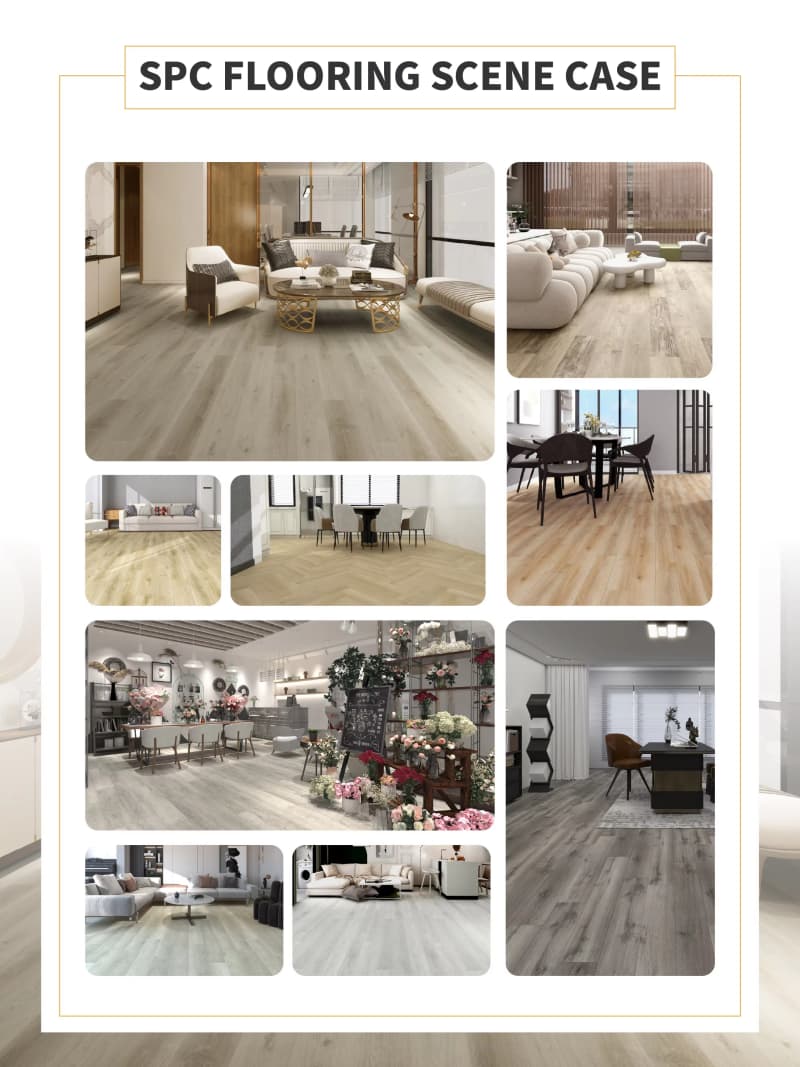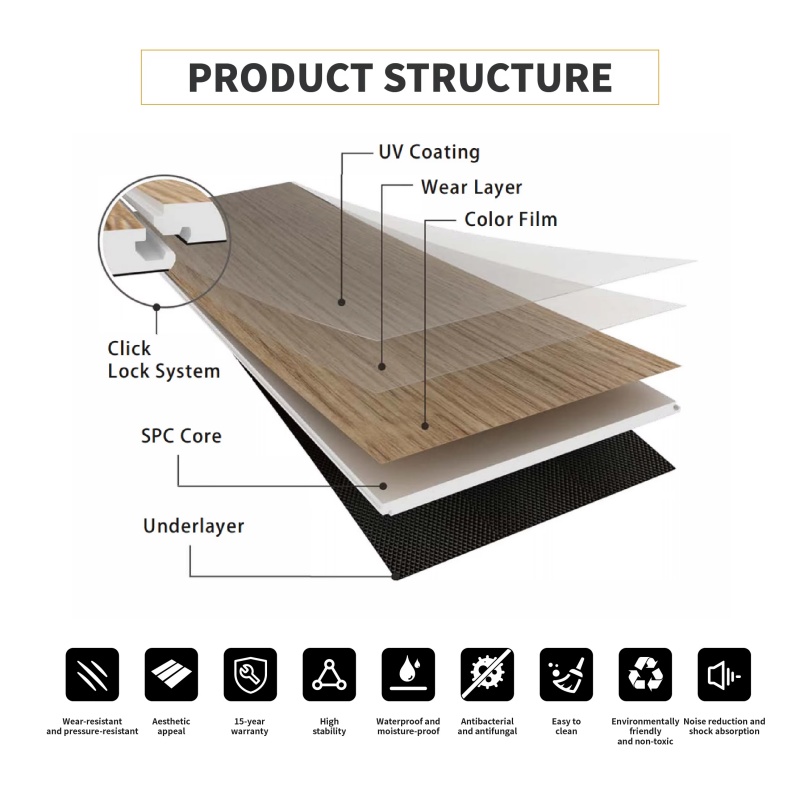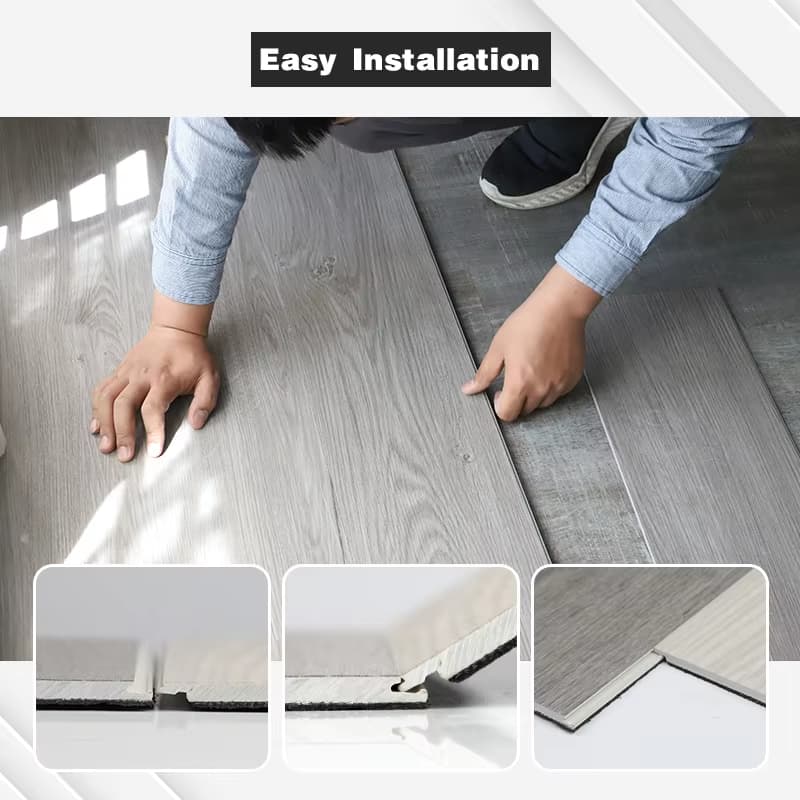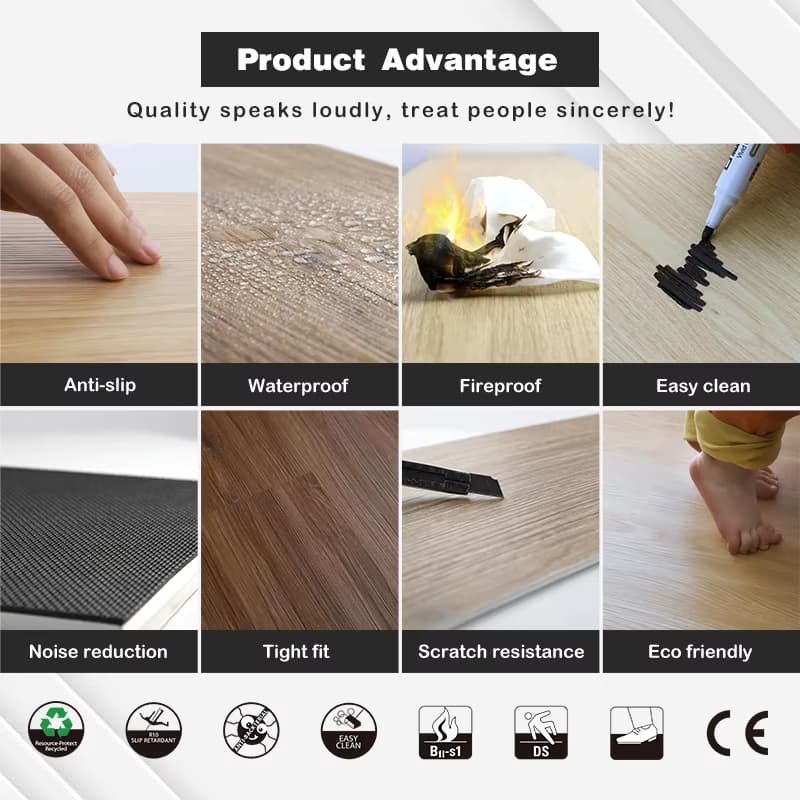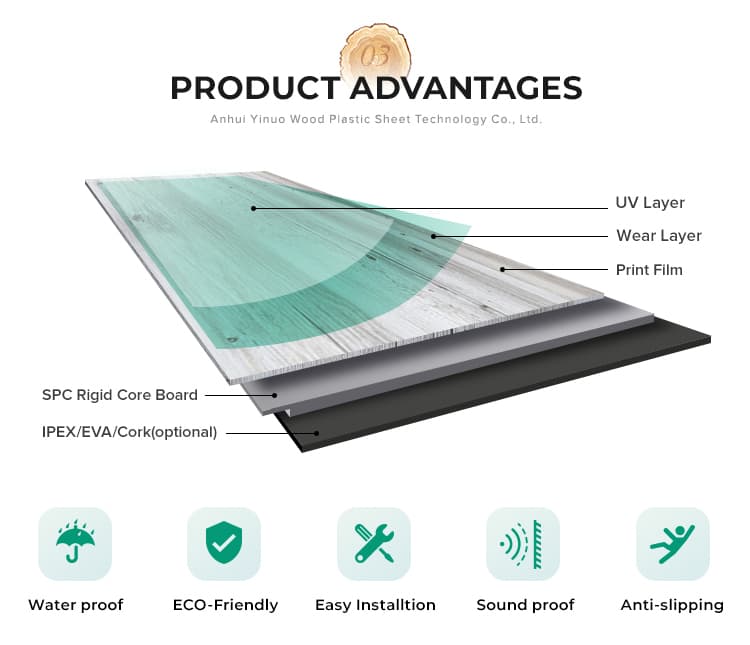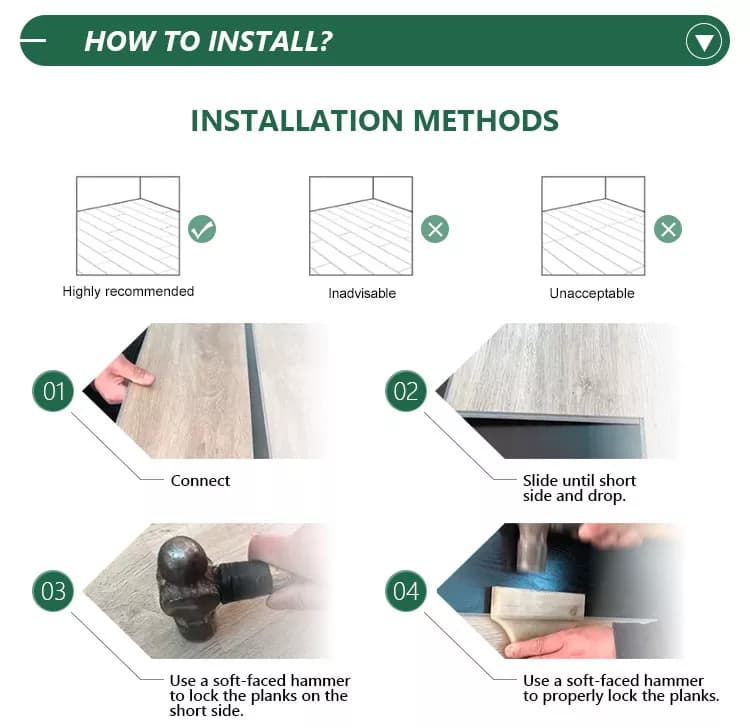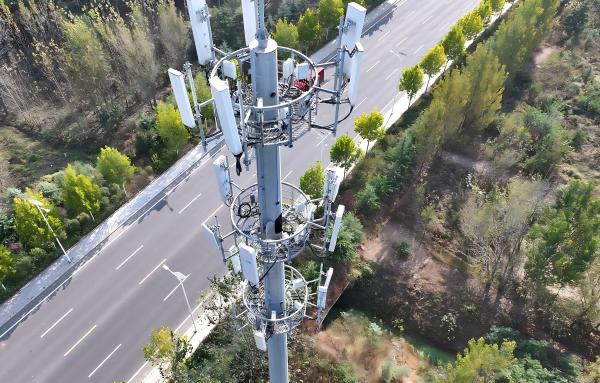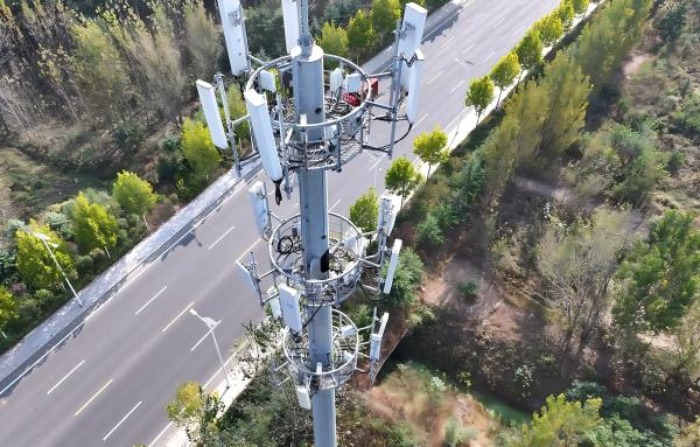When it comes to modern flooring solutions, SPC flooring stands out as a top choice for homeowners and designers alike. Known for its durability and versatility, this innovative material is transforming spaces with its impressive performance and aesthetic appeal. Whether you're renovating your kitchen or updating your entire home, understanding the benefits of SPC flooring can help you make an informed decision.
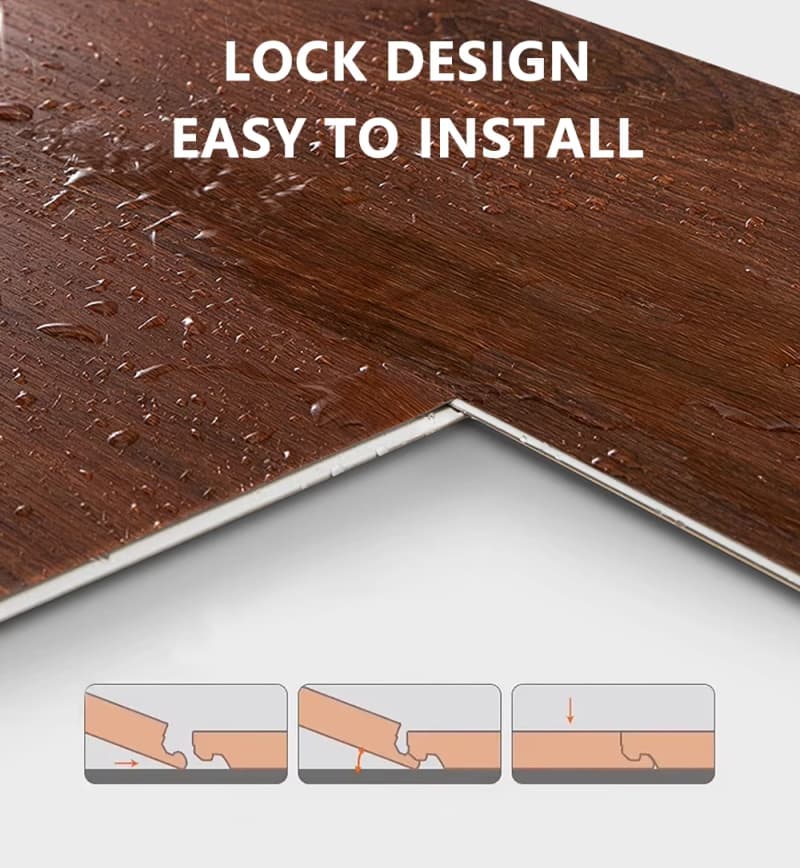
One of the key advantages of SPC flooring with pad is the added comfort and noise reduction it provides. The attached underlayment not only makes each step softer but also minimizes sound transmission, making it ideal for multi-level homes and apartments. This built-in feature eliminates the need for a separate underlay, saving both time and money during installation.
For high-moisture areas like the kitchen, SPC flooring for kitchen installations is a game-changer. Thanks to its 100% waterproof core, it can withstand spills, humidity, and daily wear without warping or damage. Unlike traditional hardwood or laminate, SPC flooring offers peace of mind in spaces where moisture is a constant concern.
Finding a reliable SPC flooring supplier is crucial to ensuring you receive high-quality products. Reputable suppliers often provide certifications, detailed product information, and samples to help you verify durability, finish, and locking mechanisms. Sourcing from trusted manufacturers guarantees that your investment will last for years to come.
The aesthetic flexibility of wood look flooring in the SPC category is remarkable. With advanced printing technology, these floors replicate the natural grain, texture, and color variations of real wood, offering the classic elegance of hardwood without the maintenance. From oak to walnut, there’s a design to match any interior style.
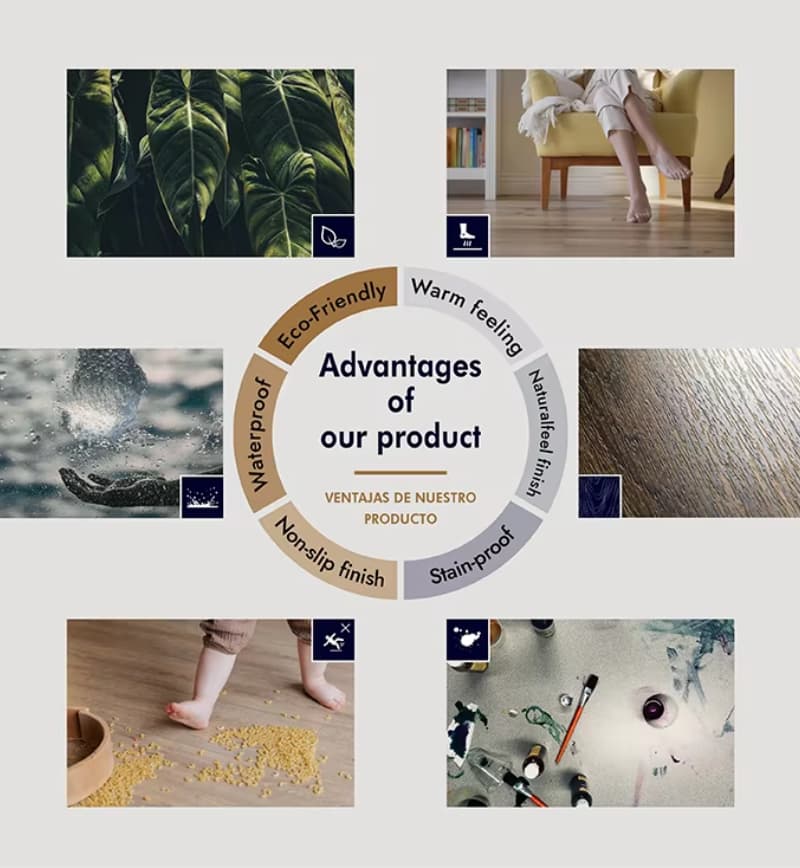
For contractors and large-scale projects, SPC flooring wholesale options make it easy to cover big areas cost-effectively. Buying in bulk often comes with discounted rates, making it an economical choice for housing developments, commercial properties, or whole-home renovations.
Another standout feature is the ease of installation with click SPC flooring. The user-friendly click-lock system allows for straightforward floating floor installations without glue or nails. This makes it a perfect DIY project for homeowners looking to upgrade their spaces quickly and efficiently.
Beyond practicality, SPC flooring is also an eco-friendly option. Many products are made with recycled materials and are fully recyclable, reducing environmental impact. Additionally, their long lifespan means less frequent replacements, contributing to sustainable living.
In conclusion, SPC flooring combines functionality, beauty, and resilience in one innovative product. It’s suited for virtually any room and offers a practical alternative to more traditional materials. If you’re planning a flooring update, considering SPC could be the perfect solution for a stylish, durable, and worry-free home.
